Introduction
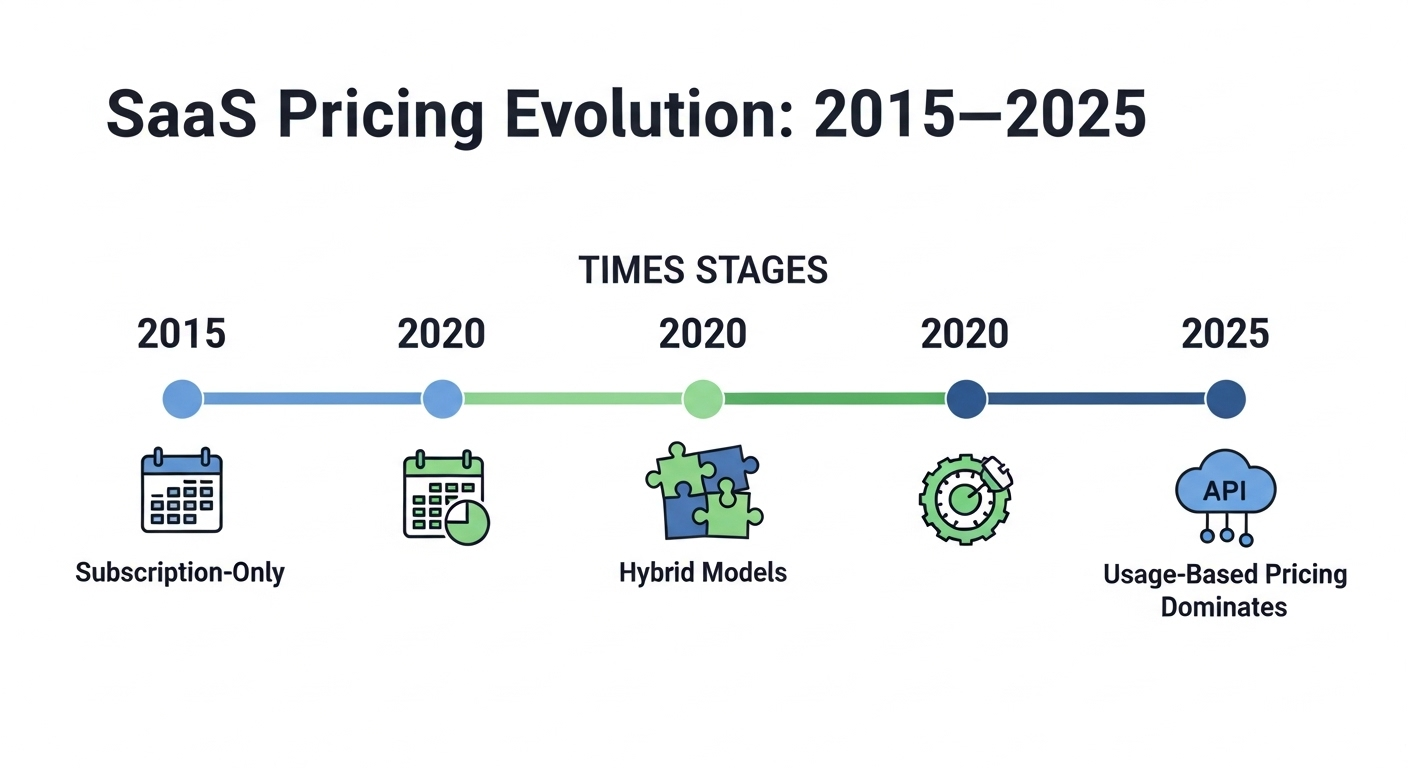
B2B SaaS pricing is changing fast in 2025. Companies are moving away from old subscription models and shifting to usage-based pricing, hybrid plans, and dynamic API monetization. Why? Buyers want more control, and businesses need flexible ways to grow revenue. In this post, you'll learn the eight hottest pricing trends, how usage-based strategies work, and where major SaaS brands are finding success. Get ready to master today's pricing tools and discover what works-and why it matters now.
B2B SaaS Pricing Models
B2B SaaS pricing models
In 2025, B2B SaaS pricing models aren't just about seat counts or feature tiers. Companies use flexible approaches to meet different business needs. Flat-rate pricing, tiered packages, usage-based options, and hybrid plans are all popular. Each model tries to balance predictable costs for companies with the flexibility that new buyers expect. Many businesses blend two or three models, so customers feel confident they're paying for value-and not getting locked into rigid contracts. 5 B2B SaaS Pricing Models Working in 2025
SaaS subscription pricing
Traditional subscription pricing works when consumers want simplicity. You pay a flat monthly or yearly fee for a set bundle of features. But in 2025, this model is losing favor for products with variable usage. Buyers now want options to scale up or down without huge price jumps. Subscriptions still make sense for basic tools, but advanced SaaS applications focus on giving buyers better control with usage add-ons or automatic scaling. 7 SaaS Pricing Trends to Watch in 2025
SaaS pricing strategies
Smart SaaS companies use value-based strategies. Instead of charging for seats, they price based on the outcome the product delivers. Some focus on features but add usage flexibly, while others tie pricing directly to ROI-how much value the customer receives. The result is clearer, fairer pricing that grows as buyers get more from your solution. AI-driven dynamic pricing models further enable personalized offers based on real usage data. B2B SaaS pricing strategies
Enterprise SaaS pricing
Enterprise deals used to be all about negotiations, seat numbers, and feature lists. Now, larger organizations want transparent pricing, flexible contracts, and billing choices that match actual business needs. Many B2B SaaS providers offer enterprise-grade tiers with built-in usage tracking and analytics, ensuring businesses only pay for what they use and can easily forecast their costs.
saas pricing models 2025
Looking forward, expect SaaS pricing models in 2025 to keep blending hybrid, outcome-based, and usage approaches. Companies will lean into AI-driven price optimization and transparent billing, giving customers the clarity they demand. Tiered plans may remain, but always with dynamic adjustments for high-usage or high-value clients.
Usage-Based Pricing
usage-based pricing
Usage-based pricing means customers pay for what they use. No waste, no surprises. This model helps SaaS companies win more deals by lowering initial costs and speeding up time to value. It's ideal for APIs, data tools, and services that see variable demand each month. In 2025, over 60% of SaaS vendors offer usage pricing, letting buyers scale freely and helping vendors capture more revenue from power users.
usage based billing SaaS
With usage-based billing, your charges match actual consumption: downloads, API calls, minutes, storage-the metrics fit the product. Automated billing tools make this easy, tracking precisely how much each customer uses and invoicing in real time. This approach builds trust and transparency while still allowing vendors to upsell higher usage levels.
pay as you go software pricing
Pay-as-you-go means clients pay only when they use your product. No contracts, no minimum spend. Buyers love it for trial runs, seasonal spikes, or unpredictable workflows. SaaS platforms use pay-as-you-go to reach startups and enterprise innovators alike.
API usage pricing
API usage pricing is built into cloud services, payments platforms, and data apps. You're billed by the call, transaction, or data volume. As APIs become the backbone for integrations, pricing per use ensures you don't overpay for dormant functions. Snowflake and MongoDB have demonstrated how usage pricing drives customer growth by letting clients start small and increase spend with impact.
SaaS usage pricing model examples
Real-world example: MongoDB switched from subscriptions to usage-based plans and saw a 40% boost in customer lifetime value. Snowflake charges on data stored and processed, letting customers manage spend and forecast costs, with revenue soaring as usage grows. SaaS Pricing Trend Source
Enterprise Software Pricing
enterprise software pricing
Enterprise buyers need clear, flexible pricing. They want to forecast costs, avoid over-provisioning, and scale up confidently. Tools that provide transparent calculators, automated billing, and easy dashboards are winning in 2025. The best enterprise SaaS solutions help minimize vendor lock-in and allow fast expansion-or downsizing-during market shifts.
enterprise SaaS pricing models
For large firms, hybrid models often work best. A base fee covers core functionality, with usage metered for premium features or integrations. AI-powered pricing tools make these models work at scale by predicting future needs and automating discounts for bulk use.
B2B software pricing
B2B software pricing now focuses on providing bundles tailored to workloads: not just per-user rates, but feature sets and active usage. Pricing may adjust monthly as usage trends shift, keeping contracts aligned with real business needs.
enterprise software pricing strategies
Companies lead with transparent cost breakdowns showing ROI. Many customize offers to each enterprise, mixing commitment discounts with usage tiers. Clear dashboards provide visibility, while automated analytics predict overages or possible savings.
software pricing models for large companies
Large firm pricing usually blends minimum commitment (for revenue predictability) with dynamic scalability (for usage flexibility). This dual approach lets companies forecast spend without sacrificing growth potential.
"The future of SaaS pricing isn't just what you charge, but when and how you adjust those charges based on real-time data."
Hybrid Pricing Models
hybrid pricing models SaaS
Hybrid pricing models combine elements of subscription and usage. A customer pays a base monthly fee to access core features, then usage charges for extra services, integrations, or volume. This structure offers predictable revenue and flexible scaling, meeting both vendor and buyer needs.
hybrid SaaS pricing strategy
Strategy means blending minimum contracts with usage options for add-ons. SaaS providers use analytics to optimize the mix, ensuring stable baseline income while allowing customers to grow affordably. OpenView Partners reports hybrid models deliver 38% higher net revenue retention than pure subscriptions.
hybrid subscription and usage model
Many 2025 SaaS companies offer hybrid subscription and usage plans: pay a fixed monthly fee, and pay additional charges for extra API calls, transactions, or advanced modules. This model lets users start small and ramp up spending with growth, avoiding upfront sticker shock.
mixed pricing models SaaS
Mixed pricing supports different customer segments. Small teams may prefer subscriptions, while growing companies scale with usage charges. Giving buyers a choice makes your product sticky and future-proof.
flexible SaaS pricing models
Flexibility is key. Automated billing systems and AI-driven recommendations help tweak prices based on demand, value delivered, and competitive trends. Customers can self-serve their upgrades and get instant quotes-no need for long calls or hidden fees.
See which hybrid pricing plan fits your needs-build your quote instantly.
API Monetization Strategies
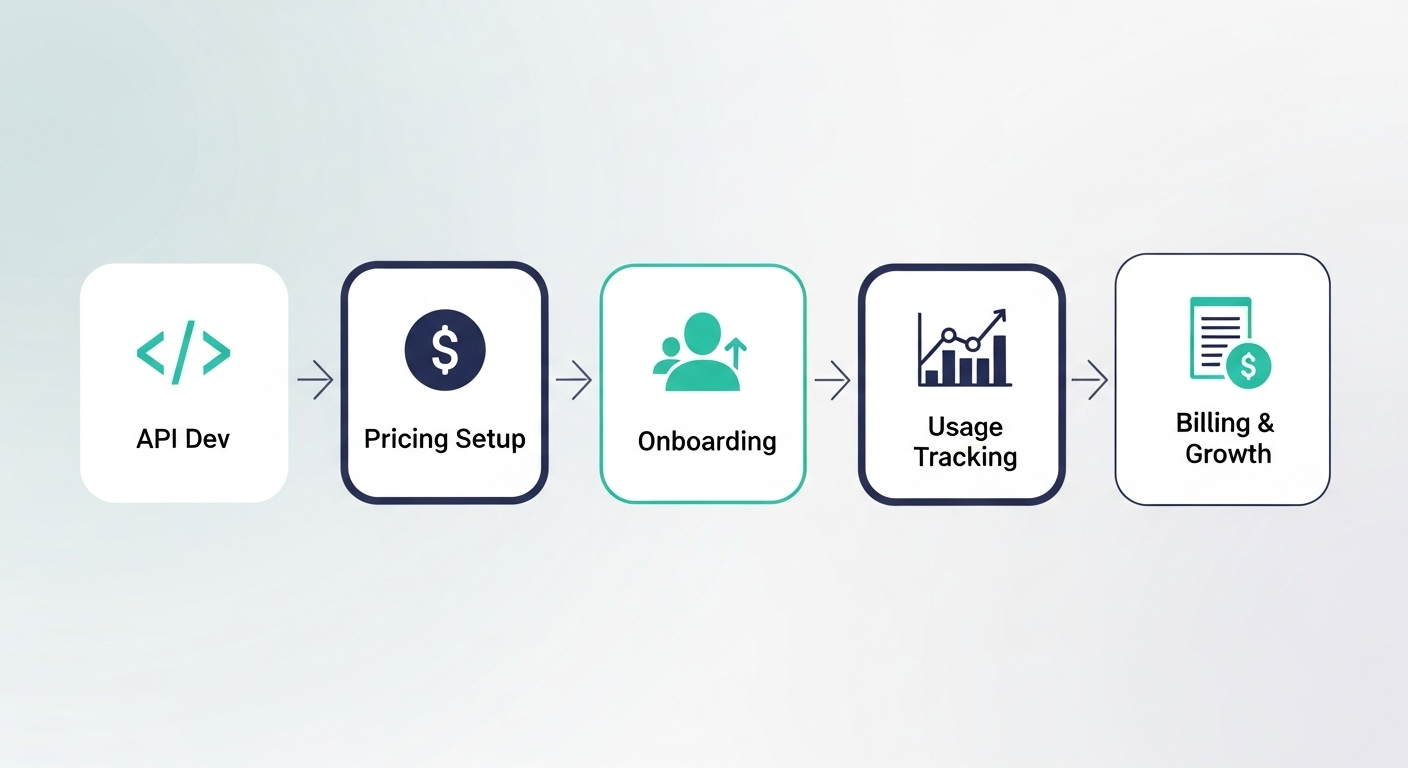
API monetization strategies
In 2025, APIs aren't just technical connectors-they're revenue engines. By pricing per call, transaction, or integration, vendors turn APIs into scalable profit centers. Smart API monetization includes free tiers for developers, volume discounts for power users, and partner programs for major clients.
pay per use API pricing
Pay-per-use means companies only pay for the exact number of API requests processed. This model works especially well for fintech, messaging, and analytics platforms, offering instant access with zero commitment. Strong reporting lets buyers track costs and optimize usage.
API revenue models
API revenue models range from freemium (basic usage free, premium paid) to tiered pay-as-you-go, volume-based pricing, and partnership deals for strategic customers. Many companies offer custom pricing plans for the largest buyers to secure long-term growth.
API pricing case studies
Example: Stripe's API pricing for payments blends pay-per-use with discounts for enterprise volume, supporting nearly 2 million businesses worldwide. Twilio's communication API uses a tiered pay-per-use model, fueling rapid developer adoption and helping generate $4B+ in annual revenue.
successful API monetization examples
Successful API strategies combine transparent costs, developer documentation, easy onboarding, and robust analytics to optimize usage and upsell. Stripe, Twilio, and Salesforce's AppExchange stand out as proven models.
Discover proven API monetization strategies-request our exclusive case study pack.
Pricing Automation Tools
SaaS pricing automation tools
Automation is essential for modern SaaS pricing. Tools track usage, apply discounts, generate invoices, and forecast revenue-all without manual effort. Automated billing helps reduce errors, improve transparency, and make scaling easy.
automated pricing software
Automated pricing software uses AI to adjust prices in real time. It scans competitor benchmarks, tracks user behavior, and sets the best rate automatically. Companies using automated pricing see faster deal cycles and fewer payment disputes.
pricing optimization software
Optimization software analyzes sales data, predicts upselling opportunities, and recommends ideal pricing-boosting conversion rates and retention. With AI, it adapts instantly to market shifts, making SaaS vendors more competitive.
revenue management tools SaaS
Revenue management tools help track billing cycles, forecast cash flow, and spot trends. SaaS CFOs rely on these tools to ensure predictable income, smooth audits, and actionable insights for future growth.
dynamic pricing tools
Dynamic pricing tools are cloud-based platforms that update prices on the fly. They pull in market data, real usage stats, and competitor pricing, then recommend real-time adjustments. The result? More margin capture, happy customers, and fewer lost deals.
Subscription Model Challenges
limitations of subscription models
Subscriptions worked for years, but now buyers want control. Main challenges: overpaying for unused features, "locked" multi-year contracts, and unclear ROI. Companies are rethinking these pitfalls in 2025.
subscription pricing challenges
Challenge #1: Matching price to value when usage varies. #2: Offering enough flexibility to retain clients. #3: Communicating and proving ROI over time, especially as needs change.
subscription vs usage pricing
Usage pricing wins for products with variable demand, while subscriptions suit stable, predictable needs. Many companies offer both or allow mid-contract adjustments to improve satisfaction and retention.
challenges of SaaS subscriptions
SaaS subscription challenges also include more complex buyer groups and crowded markets. It's tougher to demonstrate differentiated value, so vendors must be transparent and flexible. Hybrid plans and outcome-based pricing offer potential solutions.
subscription model alternatives
Alternatives: hybrid models, pay-as-you-go, and value-based pricing. These modern approaches help SaaS companies reduce churn and increase satisfaction, especially as decision-makers expect more choices.
"Usage-based pricing is gaining real traction. You start small and scale as you have impact-the ‘holy grail' multiplier as you grow."
Billing and Revenue Forecasting
revenue forecasting usage based SaaS
Forecasting revenue in usage-based SaaS means analyzing trends-month-over-month usage, seasonal spikes, and growth patterns. AI-powered tools help spot trouble, plan cash flow, and optimize pricing.
billing transparency SaaS
Transparent billing builds trust and shortens sales cycles. More vendors show exactly what's charged, how usage metrics are tracked, and when bills arrive. Customers can self-serve invoices, check reports, and plan ahead-no surprises, no hidden fees.
multi year SaaS contracts
Multi-year contracts offer predictability for both parties, but now include flexible add-ons and early opt-outs to match changing needs. SaaS vendors bundle hybrid pricing for long-term stability with short-term scaling options.
SaaS billing automation
Automated billing systems sync usage data, handle complex tax rules, and integrate with accounting software. This tech saves time, prevents errors, and lets buyers control billing cycles more easily.
variable revenue forecasting
Variable forecasting models-powered by AI-help SaaS companies predict future revenue based on historical trends, market conditions, and buyer activity. Leaders use these forecasts to speed up planning, spot upsell opportunities, and avoid surprises.
Conclusion
B2B SaaS pricing in 2025 is all about flexibility, transparency, and data-driven decisions. Subscription-only models are fading while usage-based, hybrid, and API monetization strategies are rising fast. Companies who track real-world value and automate billing see stronger growth and happier customers. To win in this new pricing era, leverage AI, focus on outcomes, and stay open to change-your revenue and customer trust will soar.
Comparison Table: Pricing Models Overview
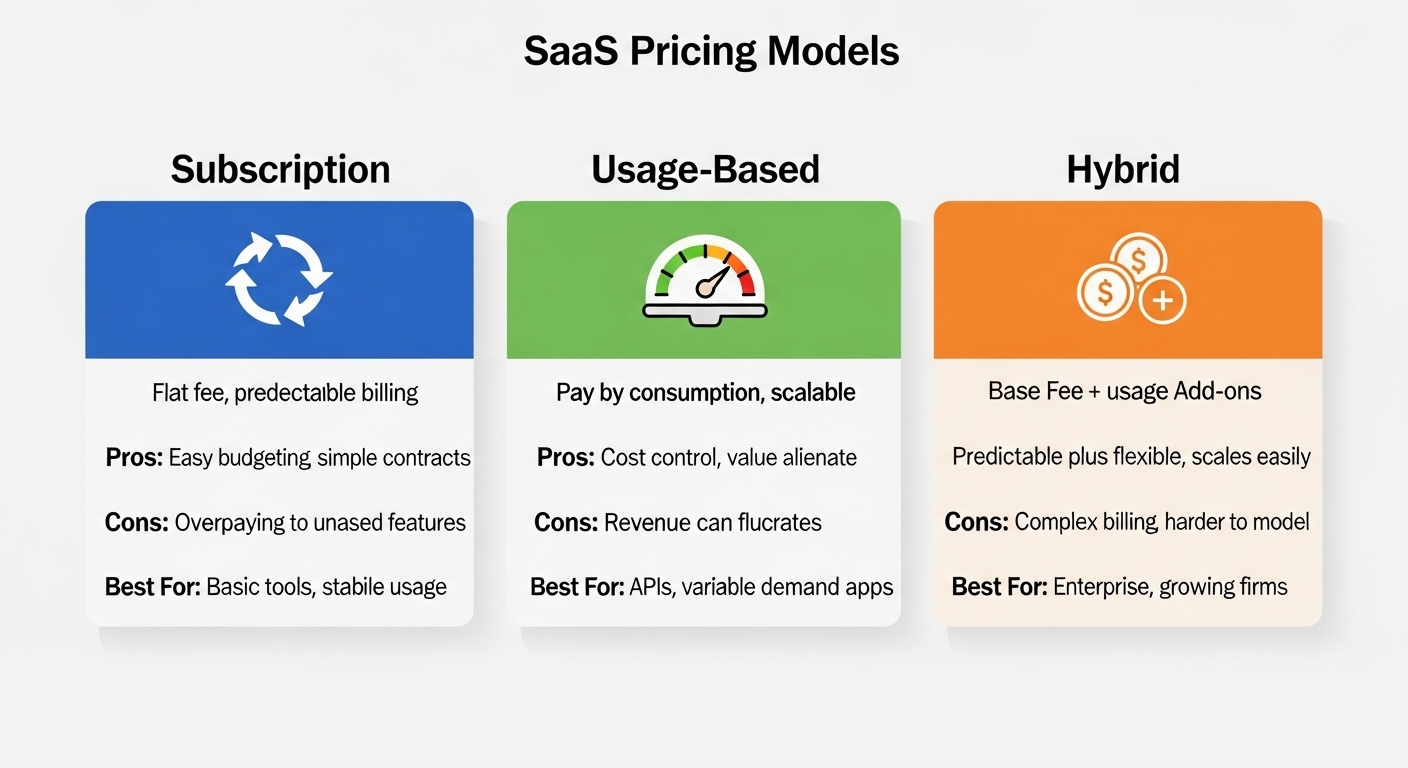
| Pricing Model | Features | Pros | Cons | Best For |
|---|---|---|---|---|
| Subscription | Flat fee, predictable billing | Easy budgeting, simple contracts | Overpaying for unused features | Basic tools, stable usage |
| Usage-Based | Pay by consumption, scalable | Cost control, value aligned | Revenue can fluctuate | APIs, variable demand apps |
| Hybrid | Base fee + usage add-ons | Predictable plus flexible, scales easily | Complex billing, harder to model | Enterprise, growing firms |
Final Summary
Flexible pricing models are changing B2B SaaS in 2025-usage-based and hybrid plans let companies control costs and scale easily. With transparent billing, AI-driven pricing, and smart API monetization, vendors win more deals and deliver higher value. To excel, blend outcome-based strategies, automate processes, and use real data for smarter price decisions. Ready to future-proof your SaaS business? Try these strategies and get ahead this year!
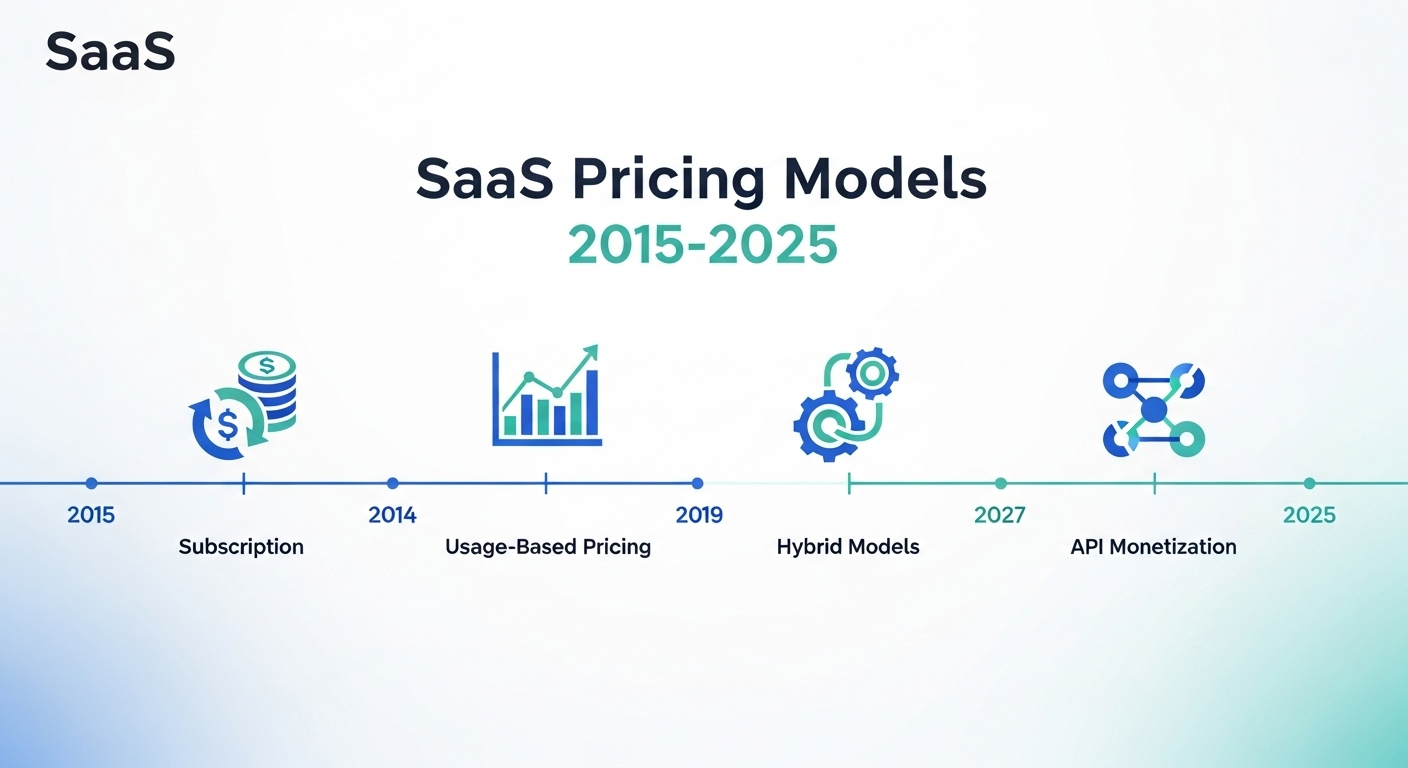
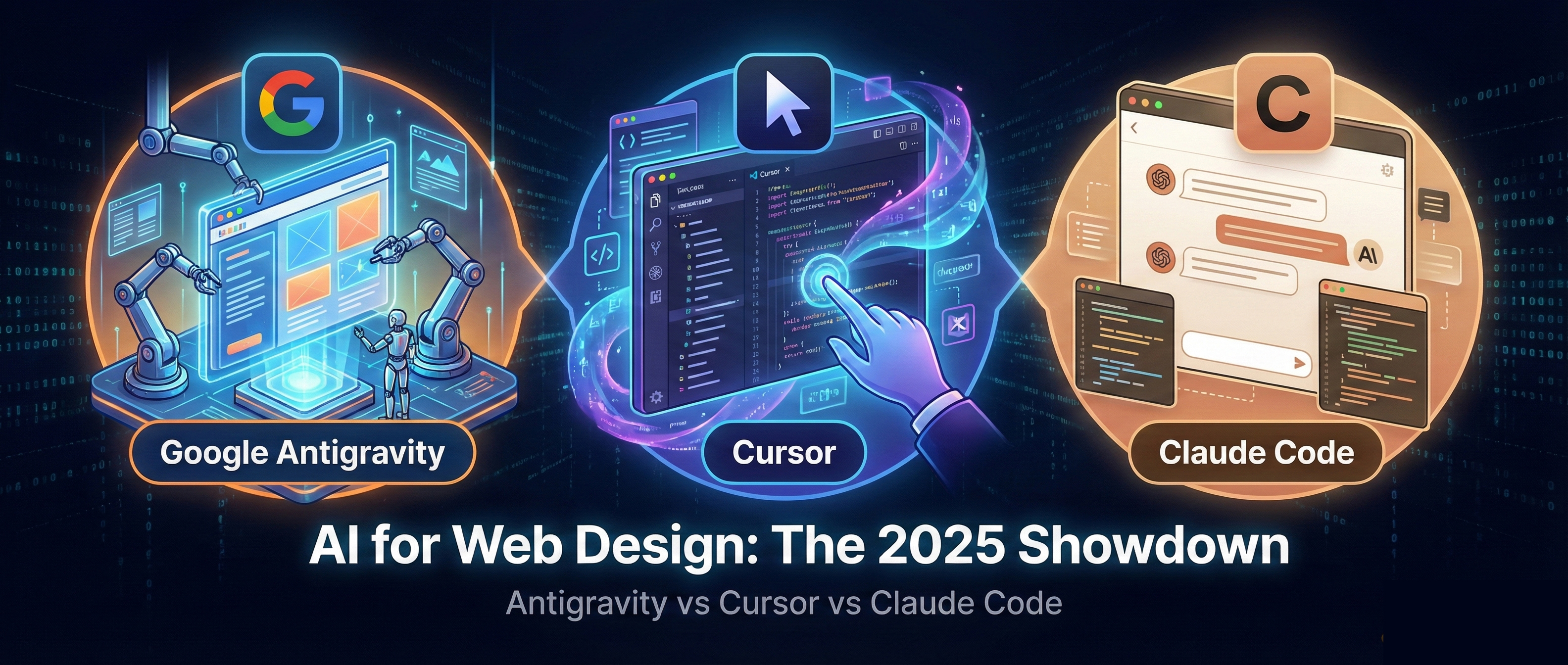

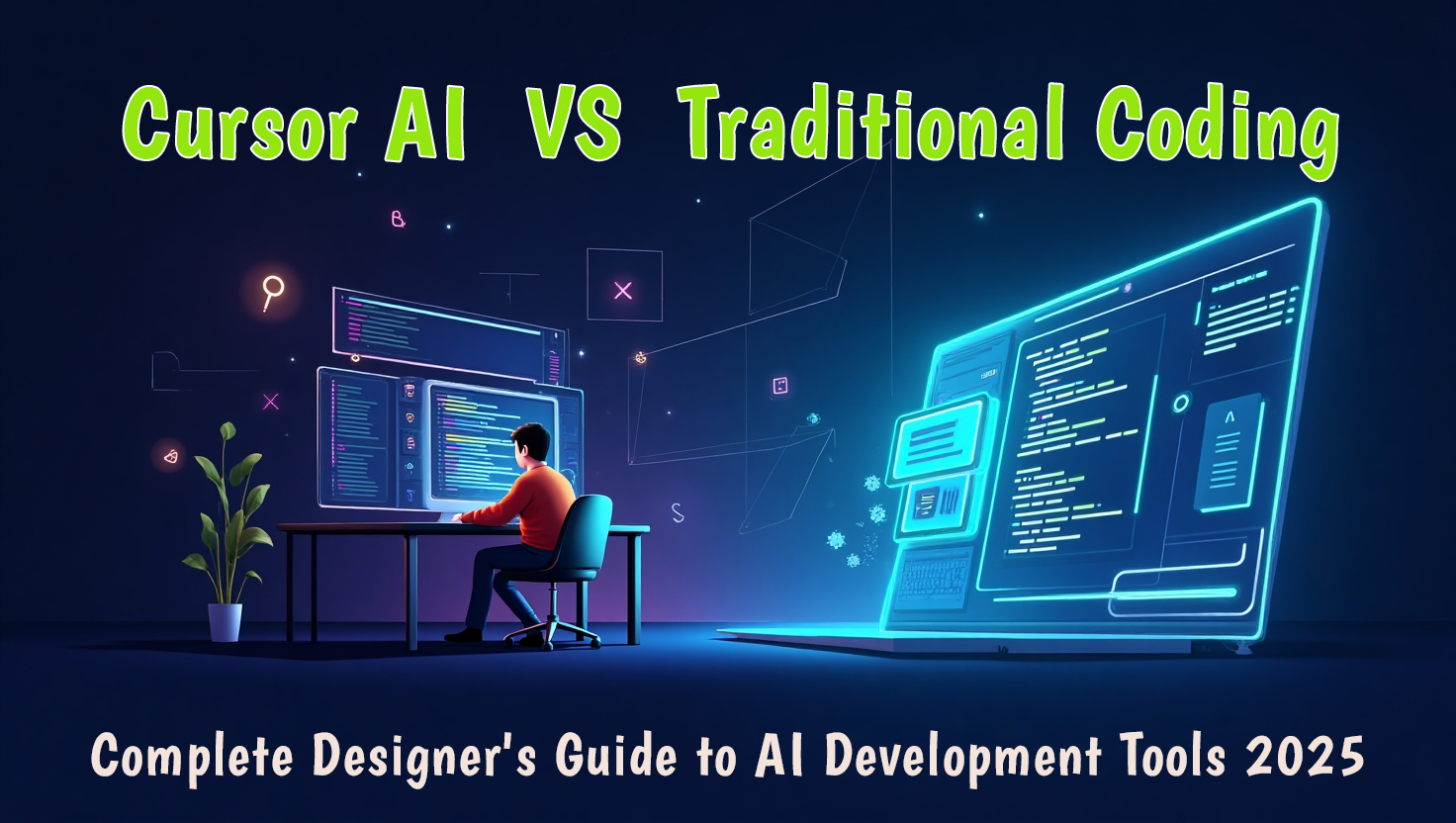
0 Comment(s)
Be the first to leave a comment!